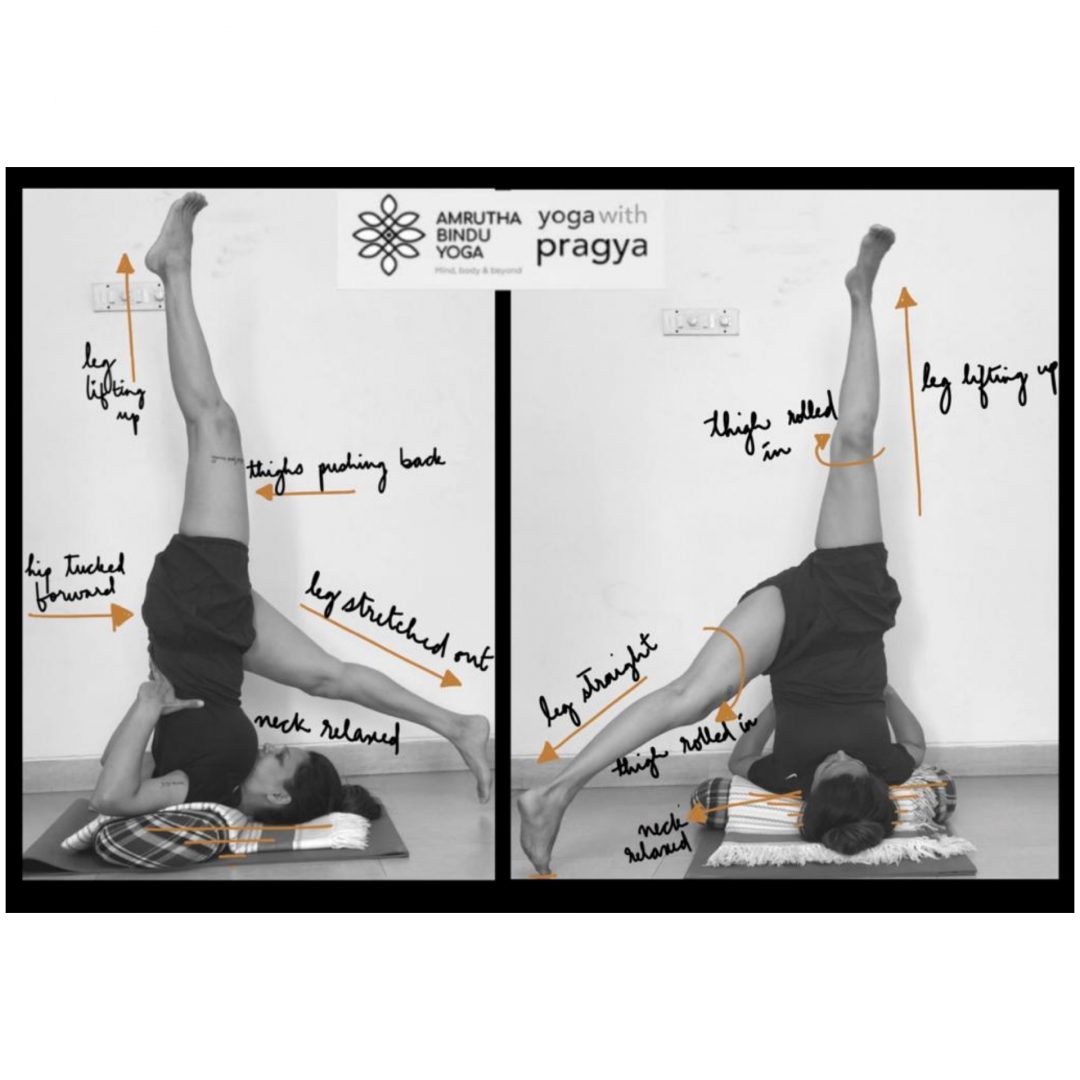It is one of the greatest boons conferred on humanity by our ancient sages. (Light on Yoga p 212)
What is the Sarvangasana Cycle?
Sarvangasana is the Shoulder Stand yoga pose. I’ve written about the etymological structure and why it’s called the ‘Mother of All Asanas’ in this blog. It’s an important posture in the Iyengar style of yoga, practiced every day except during the menstrual cycle. Iyengar yoga practitioners practice the sirsasana – sarvangasana – halasana sequence every day. The Sarvangasana Cycle can be practiced once you’re reasonably comfortable with the alignment of the Sarvangasana.
